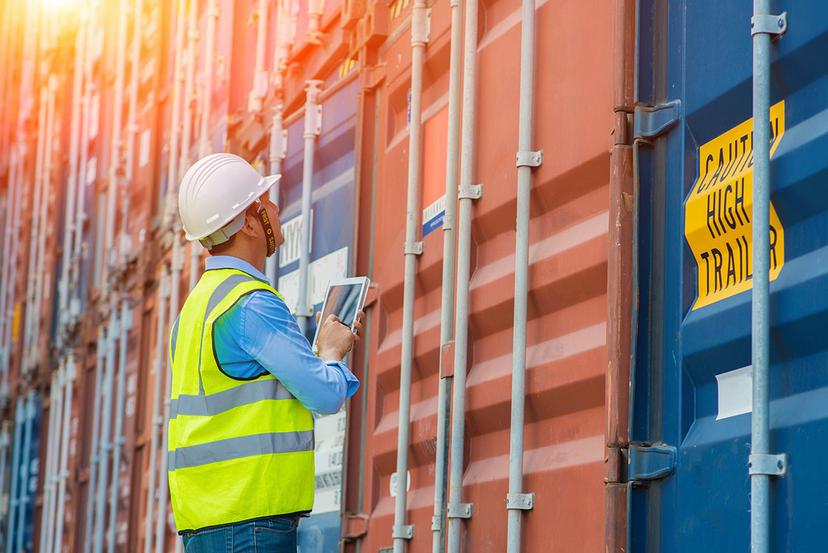Shipping

Structure
The U.S. shipping industry, also known as the water transportation industry, is responsible for transporting cargo on the country's own waterways (known as domestic transport) and to foreign countries (usually known as deep-sea foreign transport). The domestic trade involves shipments of cargo on the Great Lakes, the St. Lawrence Seaway, inland waterways such as the Mississippi and Ohio rivers, and other local waters. Deep-sea foreign and domestic shipping includes three categories: general cargo, dry bulk, and liquid bulk. General cargo includes various types of traded merchandise, such as steel, clothing material, and food items. Dry bulk includes items such as grain, loaded onto ships by large pouring mechanisms. Liquid bulk includes merchandise, such as fuel oil, loaded in tankers rather than shipped in packaged forms like barrels, as in the past.
Domestic trade includes movement between the U.S. mainland and Alaska, Hawaii, Puerto Rico, Guam, and the Wake and Midway Islands; trade between the Great Lakes and the three ocean coasts; and the intercoastal trade between the Atlantic or Gulf and Pacific coasts by way of the Panama Canal. Inland waterway operations consist of towboats and barges operating on a system of 25,000 miles of navigable waterways, 11,000 of which are considered to be commercially significant.
Shipments of Alaska North Slope crude oil to the lower 48 states, as well as coastal movements of refined petroleum products, provide employment for a large part of the domestic fleet. The Great Lakes sector relies heavily on the steel industry for its cargo.
There are differences among the various types of vessels that carry cargo. The merchant marine fleet includes tankers, container ships, barge-carrying ships, and roll-on/roll-off ships, among other types of vessels.
Vessels that are owned by companies in the United States but that ship cargo to other countries are called U.S.-flag ships. The U.S.-flag, deep-sea foreign trade shipping industry carries merchandise between U.S. and foreign ports in direct competition with other merchant vessels in the world. The two largest container shipping companies in the world are A.P. Moller–Maersk and Mediterranean Shipping Company. Most of the U.S.-flag ships employed in foreign trade are engaged in liner service and carry relatively high-value cargo. The U.S.-flag foreign trade liner fleet consists of general cargo and intermodal container ships, and other ships designed to carry noncontainerized cargo. Intermodal ships consist of container ships, roll-on/roll-off vessels, and container/barge carriers.
There are basically three ways that a shipping company might operate, usually based on the most cost-efficient method for the customer: tramp trade, liner trade, and the captive fleet. In tramp trade, the customer (for example, a clothes manufacturer purchasing a cargo of wool) purchases freight service in an environment similar to a stock exchange or commodities market. The services of shipping companies are matched with cargoes by brokers who meet on a trading floor. In tramp trade, there are no fixed shipping schedules, itineraries, or ports of call. Most of the world's tramp trade is done in the Baltic Exchange in London. Smaller, more specialized brokers (as for oil transport) are often based in various ports around the world.
In the liner trade, ships go to and from designated ports on fixed schedules and for more standard rates. Liner companies belong to an international conference system that includes shipping companies of various ownership and nationality. These companies provide regular sailings and maintain their own staffs in ports to handle and dispatch cargo.
The third method involves captive fleets, which are shipping companies that are part of larger companies that move their own cargo. For example, the fleets owned by major oil companies to transport and distribute their product are captive fleets.
General cargo operations, mainly working with finished and semifinished goods, usually are performed by vessels called common carriers, following regularly scheduled liner services. Dry bulk cargoes, such as grain, coal, and some wood products, move in specialized vessels under contract or by private carriers. Liquid bulk cargoes, mainly crude oil and refined petroleum products, are carried in tankers and tank barges.
